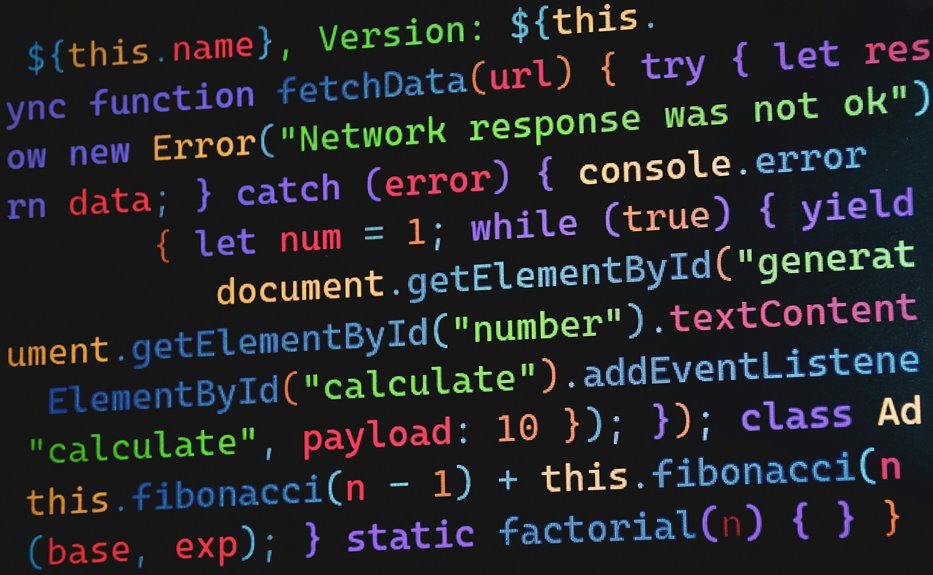SSIS 469: How to Resolve SSIS 469 Error Code

The SSIS 469 error code can disrupt data integration processes, necessitating a methodical approach to troubleshooting. Identifying the specific root cause requires careful examination of logs and implementing breakpoints in the SSIS package. Without effective error handling and diligent testing of connections and transformations, the problem may persist. Understanding the nuances of the error is critical for resolution and future prevention, prompting a closer look at best practices for robust SSIS operations.
Understanding the SSIS 469 Error Code
The SSIS 469 error code indicates a failure in the SQL Server Integration Services (SSIS) package execution, specifically related to the handling of variables and their scope.
This error disrupts data integration processes, revealing issues in variable assignment or scope conflicts.
Understanding this error is crucial for developers aiming to maintain efficient workflows and achieve optimal data integration outcomes within their SSIS packages.
Common Causes of SSIS 469 Error
Identifying the common causes of the SSIS 469 error code is vital for troubleshooting and resolving execution failures.
Typical triggers include inadequate error handling mechanisms, issues with data source connections, or transformation misconfigurations.
Employing effective troubleshooting techniques can help isolate these factors, enabling developers to address underlying problems efficiently and enhance overall package reliability within SQL Server Integration Services workflows.
Step-by-Step Solutions to Fix SSIS 469
Numerous strategies exist to effectively address the SSIS 469 error code, enabling developers to restore functionality within their SQL Server Integration Services packages.
Employing systematic debugging techniques, such as reviewing logs and breakpoints, can uncover underlying issues.
Additionally, implementing robust error handling mechanisms ensures that errors are gracefully managed, further assisting in pinpointing the root cause and facilitating a swift resolution.
Best Practices to Avoid SSIS 469 Errors in the Future
To minimize the occurrence of SSIS 469 errors, developers should adopt proactive measures throughout the design and implementation phases of SQL Server Integration Services packages.
Implementing robust error prevention strategies, such as comprehensive logging and monitoring, enhances fault tolerance.
Additionally, applying data validation techniques ensures data integrity, reducing the likelihood of discrepancies that lead to SSIS 469 errors and promoting overall system reliability.
Conclusion
In conclusion, resolving the SSIS 469 error code requires a methodical approach to debugging and error handling. As data professionals painstakingly sift through logs and implement proactive measures, they may coincidentally uncover underlying issues that not only fix the immediate error but also enhance the overall integrity of their ETL processes. This dual outcome underscores the importance of diligent monitoring and robust testing—transforming potential setbacks into opportunities for system resilience and improved data management.




